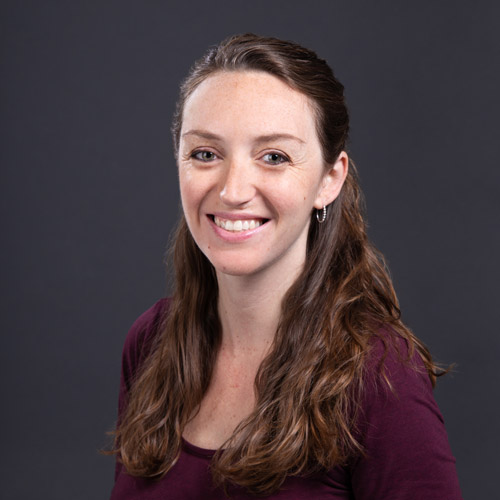A Place to Hack or Just Hang
At BUILDS, computer science students find a playroom
Get the Flash Player to see this media.
In the video above, students talk about a new space on campus.
Just down the hall from the old ResNet lab in the basement of 111 Cummington Street, there’s a large room with a red robot mouse, buzzing power tools, and disassembled computers. Entry is limited to members with a card-access system, and those who get in are taught, among other skills, how to pick locks.
Welcome to the Boston University Information Lab & Design Space (BUILDS), a research center built and run by students who belong to the Association for Computing Machinery (ACM).
David House (CAS’10) is one of them. House started the BU chapter of ACM in 2008, then rallied members around the conviction that with the exception of the Undergraduate Research Opportunities Program, there wasn’t much organized activity on campus for students moved by the irresistible challenge of adventures in computer science. Given the energy and enthusiasm of ACM members, administrators gave them a dedicated work (play) space. The room opened in early January to all manner of strange and geeky research and fun.
In one corner, four network servers donated by Information Services tower over several computer workstations, where students search for and destroy lurking computer viruses. On a nearby table, the racing robot mouse stands ready to compete with racecars built by professors in another office.
House has no objection to the designation of “hackers” being applied to his crew. “Hackers,” he says, “were originally people who stayed up late because they couldn’t sleep unless they solved a problem. Hackers are creative.”
His group, for example, was sufficiently creative to build a projection screen from waxed paper. Now duct-taped on a window that looks into the next room, it functions with help from a Bluetooth attachment, a Nintendo Wii remote, and a dry-erase pen.
Another project, still in the works, is the creation of a computer system that can log miles run at the FitRec track. ACM members are writing code that will allow a webcam to recognize different colored bracelets worn by runners. In theory, every time a runner completes a lap, the camera will record his or her time.
Then there is the lock-picking effort, launched a few weeks ago when some outside experts led a lock-picking workshop. “I’ve been working at it for more than eight years,” House says. “It’s really a lot harder than it looks.”
The BUILD crew, House insists, picks locks mainly for fun. OK, only for fun — several posters stress the cardinal rule: if you don’t own the lock, don’t pick it. “Don’t even try to pick your dorm room door,” House says. “Because that lock doesn’t belong to you — it belongs to BU.”
ACM’s projects are not free of controversy. The group got some heat last semester when more than 2,000 BU ID numbers were posted online through a well-intentioned third-party petition Web site. The ACM wanted to find out more about BU IDs, so took the BU numbers — without names or other identifying information — and rereposted them on the ACM Web site so that members could access the data.
“We wanted to analyze how the card numbers were read,” House says. “With the BU ID, what do we know about a person? For example, does it store information about their meal plan and building access?” When school administrators learned of the posting, they requested that the information be removed, and the ACM quickly took it down.
“We were able to find some areas where the card data wasn’t as tight as we think it should be, and we’re going to meet with the card vendor to show the security vulnerabilities,” House says. He argues that it is the responsibility of computer scientists to let people know about potential security problems.
For their own security, the group relies on an RFID (radio frequency identification) access system that, naturally, they put together from salvaged parts. When a member taps an authorized card on the door, the door opens. Then closes.
BUILDS is open to everyone with an access card (anyone can request an access card here) 24 hours a day, of course. “Friday and Saturday nights, we have kids coming in here to hang out with us; they can come just to study,” House says. “It’s like a nexus of energy.”
Interested in learning more about ACM and BUILDS? Attend a meeting tonight, Wednesday, February 24, at 6 p.m., in the Math and Computer Science building, 111 Cummington St., Room B28.
Amy Laskowski can be reached at amlaskow@bu.edu; follow her on Twitter @amlaskow.

Comments & Discussion
Boston University moderates comments to facilitate an informed, substantive, civil conversation. Abusive, profane, self-promotional, misleading, incoherent or off-topic comments will be rejected. Moderators are staffed during regular business hours (EST) and can only accept comments written in English. Statistics or facts must include a citation or a link to the citation.